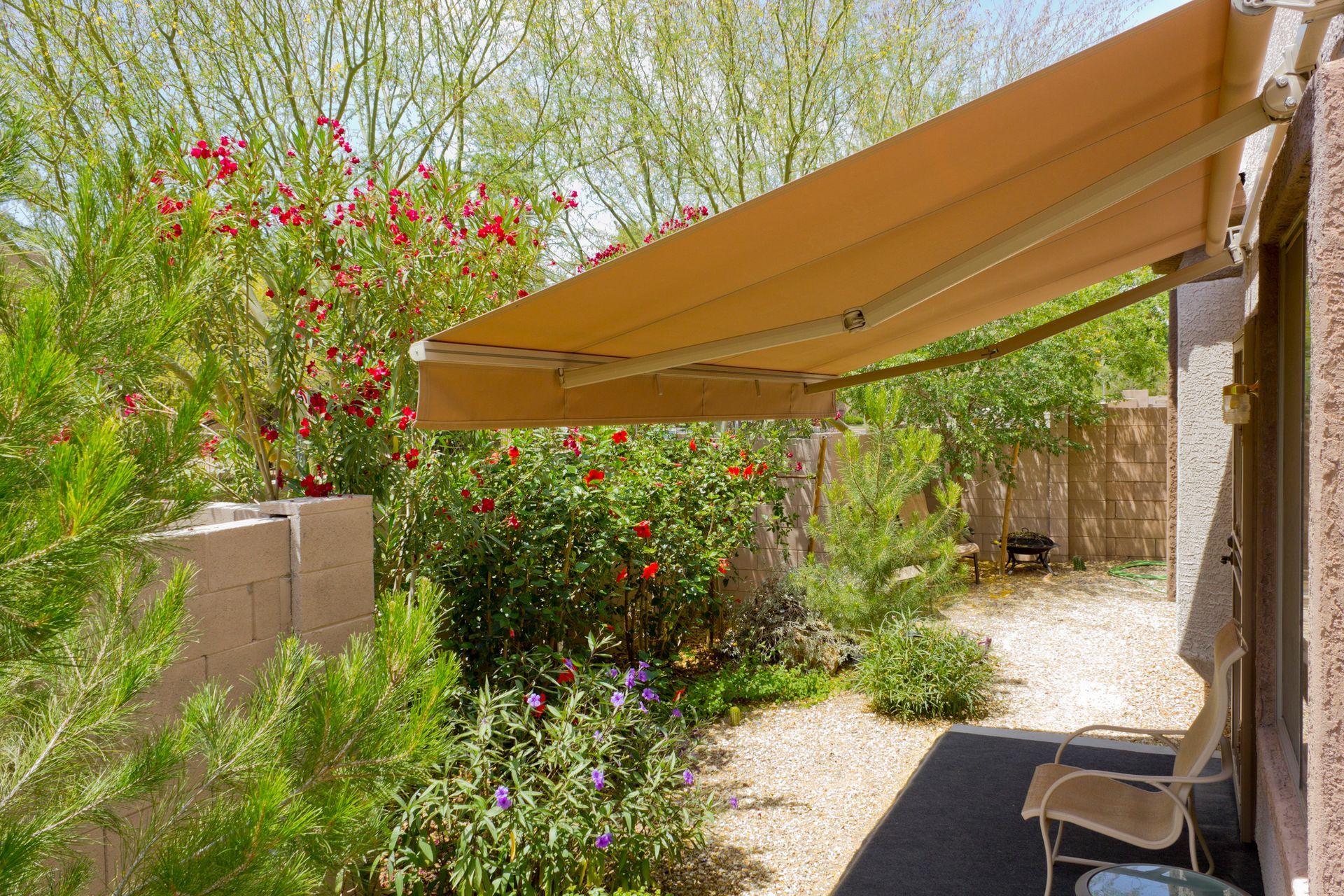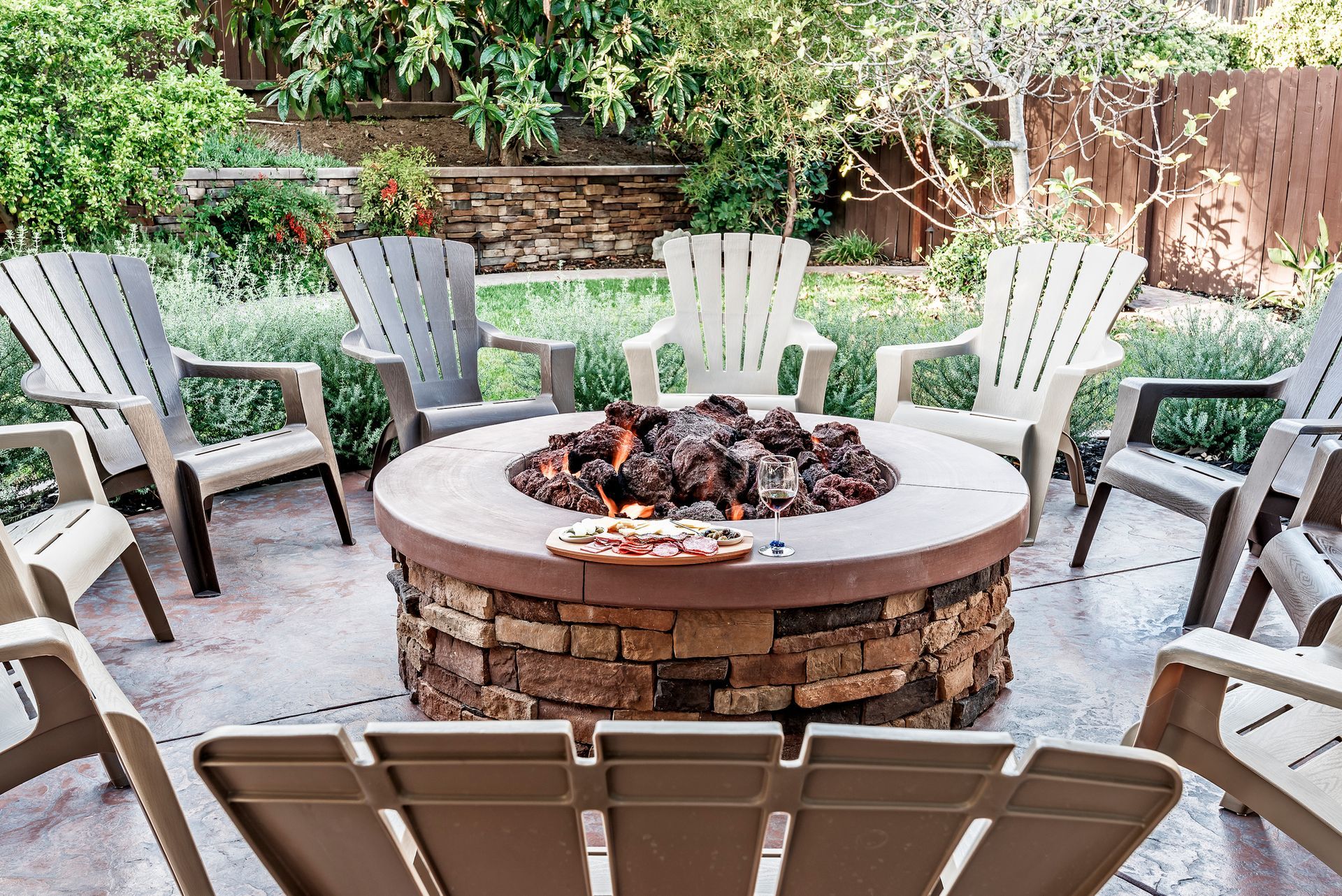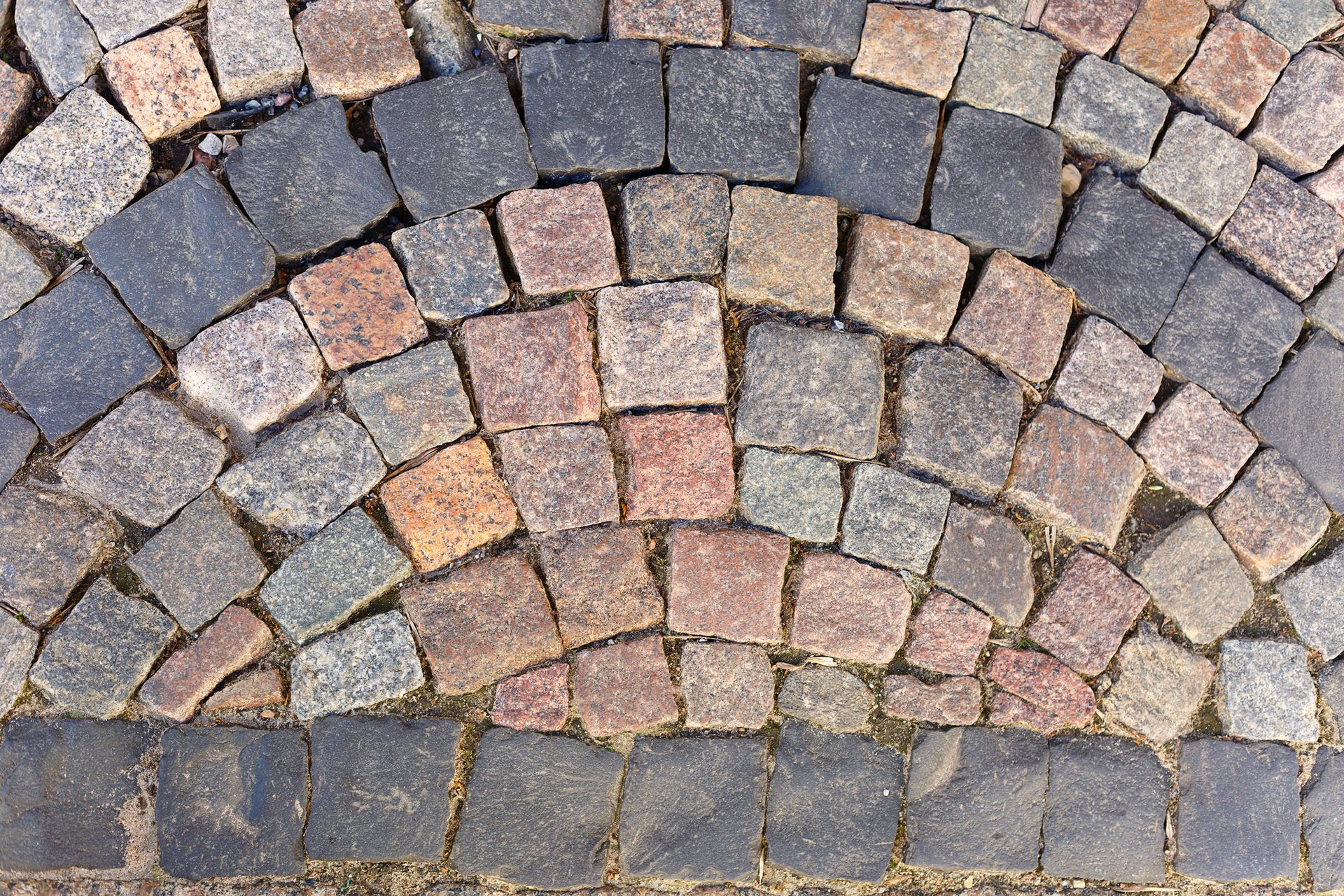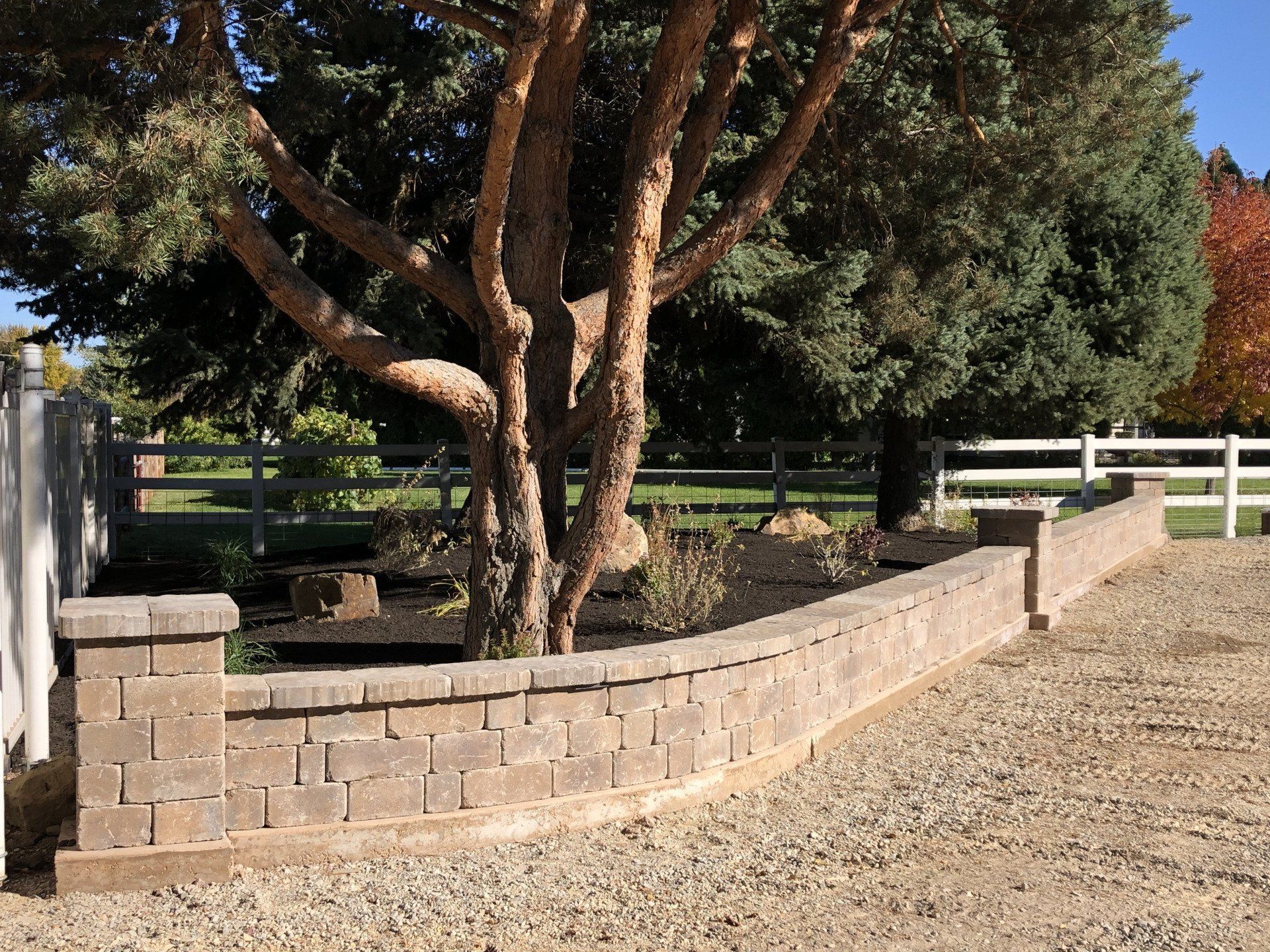Incorporating Hardscape into Your Outdoor Design | Reno Pavers
The use of hardscape in landscape design offers a number of advantages and is often used to enhance the aesthetic appeal of an outdoor space. Hardscaping refers to the incorporation of hard, non-living materials such as stone, brick, concrete, rocks, and mulch into landscaping designs.
Such elements can greatly improve the appearance and functionality of any given area while providing an attractive backdrop for plants, trees, and other living components.
We will explore what constitutes a hardscape item in a landscape setting and provide examples that demonstrate its potential uses. You can also visit our website for more services such as
driveway pavers, retaining walls, and patio pavers.
Hardscape items are not limited to just one type or material; rather, they encompass many different types of objects, including walls, decks, pathways, patios, and more. They can be used to create a unified look within your garden or yard by creating various levels of interest with their contrasting textures. Additionally, these elements may also provide valuable support for existing plantings or serve as frames for new additions to the landscape.
No matter how you choose to utilize them in your design scheme, incorporating hardscapes into your landscape plan is sure to add lasting beauty and charm to your outdoor space.
Walls
The use of walls in landscaping is like a canvas, providing endless possibilities for the imagination. From classic fence materials such as wood or wrought iron to modern options like vinyl and composite materials, there are plenty of choices available when it comes to hardscaping with walls.
Depending on a homeowner’s style preferences, they can opt for a Victorian-style picket fence or an ultra-modern privacy wall that features clean lines and minimalistic design elements. Fencing materials come in different styles and textures, so homeowners have the opportunity to match their fencing material to their home’s overall aesthetic.
Furthermore, these structures can be designed at various heights, from low garden borders to towering security fences, depending on what type of functionality the owner desires. Walls offer beauty, privacy, protection, and structure that can serve both functional and decorative purposes in any outdoor living space.
Pathways
Pathways are a critical element of any landscape design. They provide visual interest, aid in movement throughout the space, and add structure to the overall design.
When creating paths for your landscaping project, there are several considerations that must be taken into account. Aesthetics should always be top priority; soil preparation is essential to ensure proper drainage, and plant selection will ultimately determine how inviting a path or walkway looks.
When designing pathways, it’s important to think about how they will relate to other elements within the landscape as well as what type of material you’d like them to be constructed from. Natural materials such as flagstone, brick pavers, decomposed granite, and pea gravel are popular options due to their ability to blend into their surroundings while still providing an attractive look.
On the other hand, synthetic products can offer more durability at a lower cost with improved longevity over time - though they may lack the natural charm present in organic materials.
The physical layout of pathways should also be considered when considering aesthetics. Winding curves through flowerbeds add depth and texture by providing multiple angles of view as one moves along their course; straight lines, on the other hand, lend themselves more toward utilitarian purposes where functionality takes precedence over beauty.
Whatever route is chosen for your pathway system, careful thought should go into planning out each step prior to construction in order to achieve optimal results upon completion.
Decks
A deck is a hardscape item that can provide an elegant, low-maintenance addition to any landscape. As the old saying goes: “Good fences make good neighbors”, so too does the right kind of deck add value, beauty, and charm to all types of landscapes.
Deck materials come in a variety of shapes and sizes to suit different styles and tastes, and they require varying levels of care. When selecting deck material for your project, it's important to consider both aesthetics and durability. With proper installation techniques and regular maintenance, you should be able to get many years of enjoyment from your outdoor space.
Deck design ranges from rustic looks that blend into natural environments or traditional designs perfect for suburban yards, to modern decks featuring metal accents that create an urban oasis. It's essential to select the right type of wood depending on climate conditions and personal preference in order to ensure long-term performance.
Pressure treated lumber tends to be popular due to its affordability but also requires more upkeep than other options such as cedar or redwood, which have naturally weather resistant properties. Of course, composite woods are available too if you want something even lower maintenance, but they tend to be more expensive.
Installation tips include allowing adequate spacing between joists in order for air circulation beneath the surface, which helps prolong life expectancy significantly compared to those where this was not done properly. In addition, using galvanized screws rather than nails will help prevent corrosion over time when exposed consistently to moisture.
Once installed, regular cleaning with a mild soap solution combined with an annual inspection by a professional carpenter can extend the lifespan considerably while helping preserve the appearance and addressing safety concerns associated with aging decks.
Patios
Patios are a popular addition to any residential or commercial landscape. They provide an inviting and practical space for outdoor activities such as entertaining, relaxing, dining, playing games, and more. When designing patios for these purposes, there are several important considerations:
- Hard materials - The material used for the patio should be hardy enough to withstand the elements of the outdoors while also providing a comfortable surface on which to walk or lounge. Commonly used materials include poured concrete, pavers, flagstones, bricks, and other natural stones with variations in color and texture.
- Outdoor furniture - There is a wide range of options available when it comes to selecting furniture for a patio design that suits both aesthetic appeal as well as comfort needs. Considerations should be made between style/materials (wooden chairs versus metal ones), size requirements based on the number of people being entertained regularly, and additional features like cushions or umbrellas if needed.
- Lighting design - Lighting can really add depth to a patio by creating ambiance during the evening hours and highlighting different areas throughout the space. Popular lighting designs include overhead lights under pergolas, string lights along railings or fences around the perimeter of the area, task lighting near grills/cooking areas for safety reasons, as well as decorative fixtures like hanging lanterns over seating areas or accent wall-mounted sconces that bring extra flair at nightfall.
By taking into account factors such as power sources needed for installation and the desired effect from varying light temperatures (warm white vs. cool white), homeowners can create an alluring atmosphere they will enjoy year round.
Paver Stones for All Your Remodeling | Contact Reno Pavers & Patios
As a landscape design professional, it is important to consider hardscape items when creating an outdoor environment. Some examples of these items include walls, pathways, decks, and patios.
These structures can not only add visual interest to the surrounding area, but they can also provide functional benefits such as providing separation between different areas or adding seating space for entertaining guests.
When used in conjunction with plants and other landscaping elements, hardscaping can create a beautiful and inviting outdoor living space that will be enjoyed for years to come.
So if you're looking for ways to enhance your landscape design project, consider incorporating some hardscape elements into your plans—you'll be sure to reap the rewards! Contact us
Reno Pavers & Patios for your paver installation.
Contact Us
We will get back to you as soon as possible.
Please try again later.
You might also like
Book a Service Today
We will get back to you as soon as possible
Please try again later
Spokane Valley & North Idaho's #1 Paving Stone Specialists!
Navigation
Services
Working hours
- Mon - Wed
- -
- Thu - Sat
- -
- Sunday
- -




